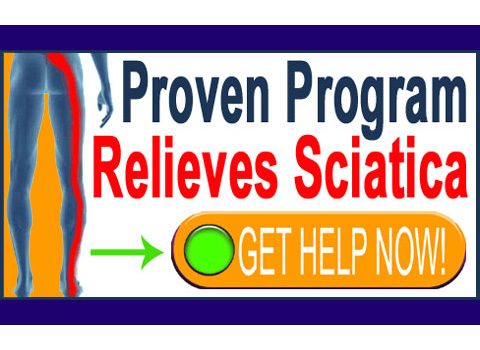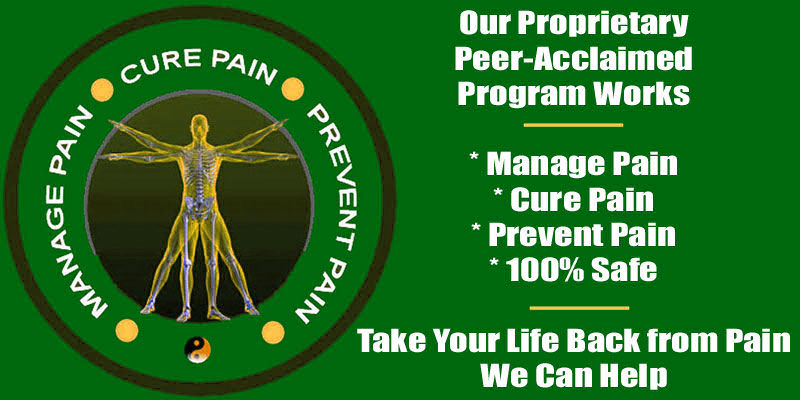
What are the best coping strategies for spondylolisthesis? Which practices will help to prevent listhesis for worsening and which will help reduce pain? Are there risks associated with simply coping with listhesis compared to trying to cure it? These crucial questions are certainly at the forefront of many patients’ minds and deserve to be answered by our team of qualified spinal experts.
Spondylolisthesis pain can be severe and the functional consequences of vertebral slippage can lead to physical impairments or even complete disability. If you are affected by listhesis and need to cope with the condition right now, or fear for how you might need to cope in the future, then this is the ideal essay for your needs.
This discussion provides some guidance on coping with spondylolisthesis, rather than seeking curative care. We will detail a variety of coping strategies and provide our thoughts on the best and the worst approaches to life with vertebral migration concerns.
What are Coping Strategies for Spondylolisthesis?
What are coping strategies anyway? Coping means to live with a condition and manage its collateral effects, rather than seek to cure the problem. Coping might be a freewill choice for patients who do not want surgery or might be a forced decision for patients who can not afford surgery, are not indicated for surgery or are otherwise prevented from finding effectual curative care.
Before we go any further, it is very important to mention that many cases of listhesis are not at all symptomatic and will never become symptomatic. In these cases, the patient should be knowledgeable about avoiding injury to their back that may worsen the condition, but otherwise, life can continue as normal. No coping is needed, since there is no pain and no special need for any type of care.
Coping strategies might be required for patients with moderate to severe pain who can not undergo curative care. Since the only reliable way to resolve spondylolisthesis is through spinal fusion surgery, there are many reasons why a patient might choose or be forced to cope with their spinal abnormality instead. Let’s look at some of the best and worst methods of coping in the sections below.
Constructive Coping Strategies
Constructive coping mechanisms will have various levels of efficacy, but will not harm the patient or degrade their overall health and wellness. Since these practices are basically risk-free, they are always our choice when providing guidance for listhesis patients who want ways to manage symptoms long-term without surgery:
Many complementary care methods might provide some measure of relief. These include chiropractic, massage and acupuncture, among countless others. Although not harmful to health, these practices are expensive, especially when paid out of pocket.
Physical therapy and self managed exercise therapy can be helpful for some patients and conditions. Exercise in any form is good for the body and provides general health benefits in addition to any symptomatic relief it may create. Self-managed exercises will obviously be more cost effective than continuing physical therapy.
Mindbody practices like meditation, biofeedback and pain coaching can be extremely helpful in helping patients to cope with spondylolisthesis symptoms over extended timelines. There are no downsides to consider here at all and many practices also encourage complete holistic health of mind, body and spirit.
Harmful Coping Strategies for Spondylolisthesis
The traditional medical approach to pain management involves oral route drugs and possibly, analgesic injections. While spinal injections are extremely dangerous and often result in complications, oral route drugs are actually far more hazardous. Long-term pharmacological therapy is pure poison for the body and often results in permanent injury or even death.
Many patients realize the dangers of prescription drugs or are taken off these drugs forcibly by their doctors after developing addictions. Many of these patients will turn to illicit drugs or alcohol as coping mechanisms, which are terrible choices chock full of danger.
Activity avoidance and bed rest are common coping mechanisms and are fine for short-term application. However, when utilized over a long timeline, both will result in a very limited lifestyle, financial hardship, disposition towards obesity and diabetes and other catastrophic heath effects.
Patients who choose to avoid curative care or can not undergo curative care for any reason should plan their coping strategies with an eye on their overall health. Failure to do so will make every problem worse and will certainly create new issues that might result in utter disaster. Pain and physical impairment can be managed, but most often, the most readily available and simplest coping mechanisms tend to be the most dangerous. We advise to avoid quick fixes like drug therapies in favor of quality long-term solutions like those noted above. Check out our spondylolisthesis treatment resource section for a full list of your therapy options.
Spondylolisthesis > Spondylolisthesis Relief > Coping Strategies for Spondylolisthesis



